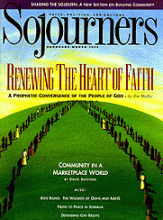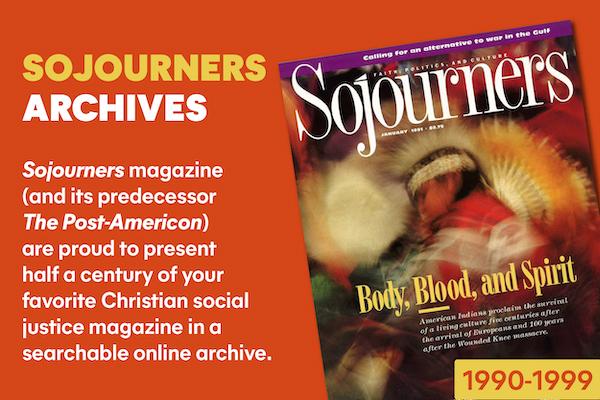Goldilocks of Three Bears' fame always seemed to me to be a little preoccupied with chairs and beds being too hard, too soft, or (thankfully) just right. But if this classic nursery rhyme were expanded slightly, one rather large character might say, "My rock is too hard." A more maternal character might remark, "My rock is too soft." And the little one in the group could opine, "My rock is just right."
Well, if the response is the last one, it could be the words either of a fairy tale or a child who is listening to WWTC, the Minneapolis-St. Paul area's 24-hour, children's radio station, better known as Radio AAHS. AAHS leaves the mainstream rock and country demographics to other stations; it simply strives to provide a good listen for the 20 percent potential audience that has never before had a station formatted to its interest: kids.
Founded in May 1990, Radio AAHS is a local Minnesota station no more. WWTC has recently become the flagship station for the newly formed Children's Satellite Network. With affiliates receiving satellite feeds across the country, Radio AAHS can now be described as a radio network. In addition to the Twin Cities, Phoenix and Salt Lake City now receive broadcasts. Within a month the network will add stations in Baltimore, Washington, D.C., Tucson, Denver, and Albuquerque.
Christopher Dahl, president of Children's Broadcasting Corporation, the parent company of Radio AAHS, has formulated the vision for this station. He remembers his childhood recognition of the power of radio. "My mind was very active, so I could imagine what I heard: The Shadow, Jack Armstrong, Sgt. Preston, or any other of the shows rich in verbal symbolism. We didn't need television."
Read the Full Article

